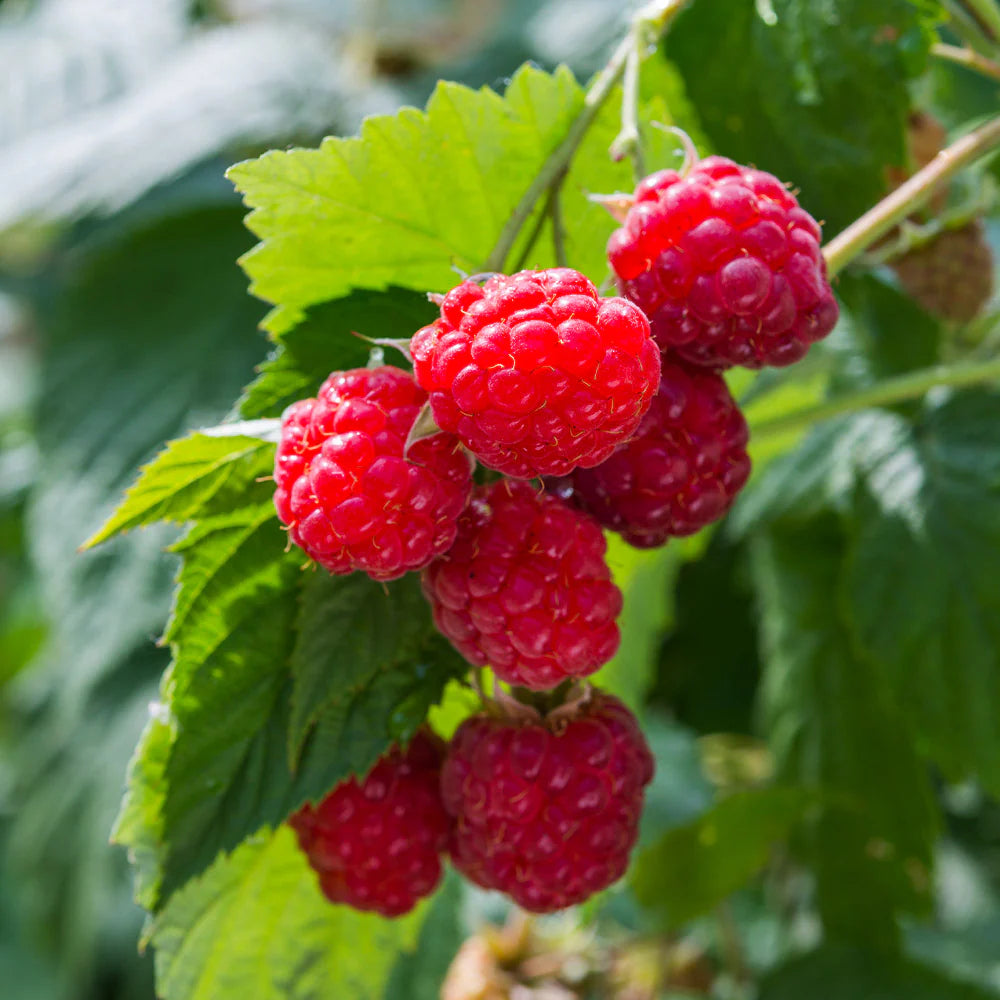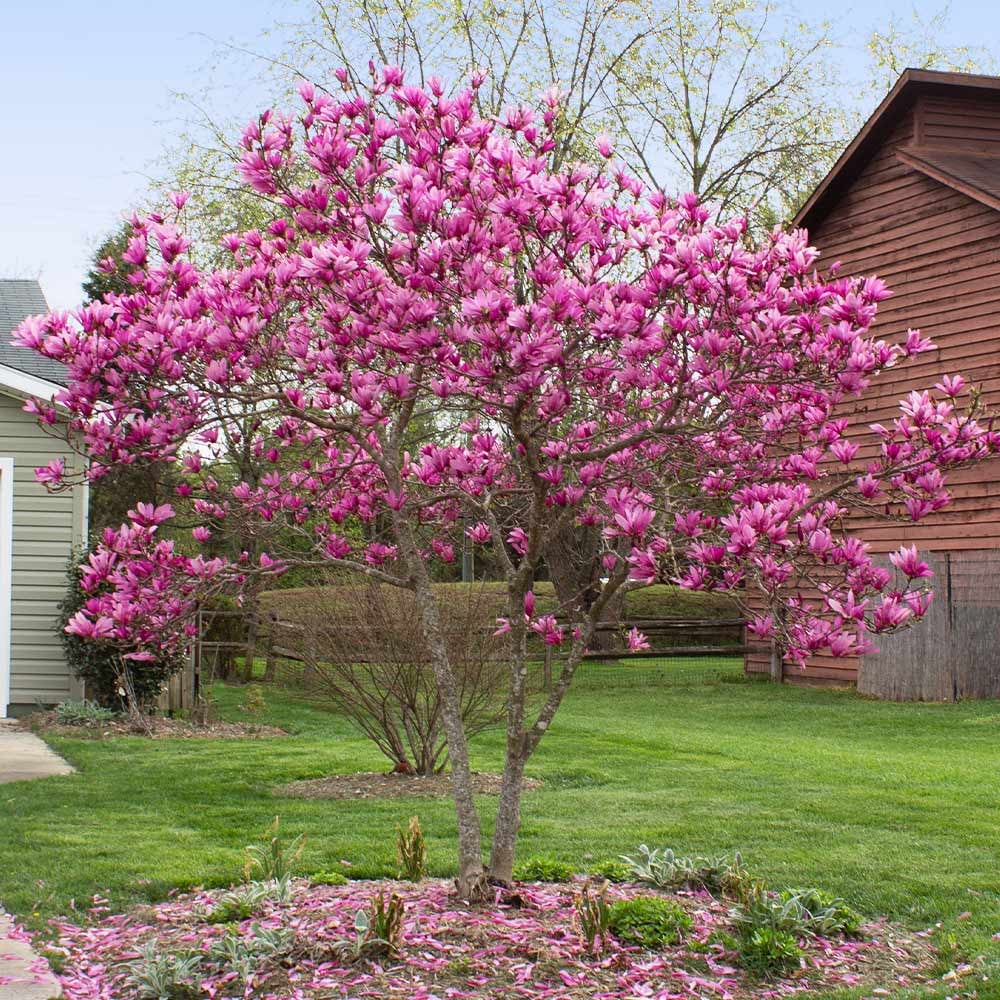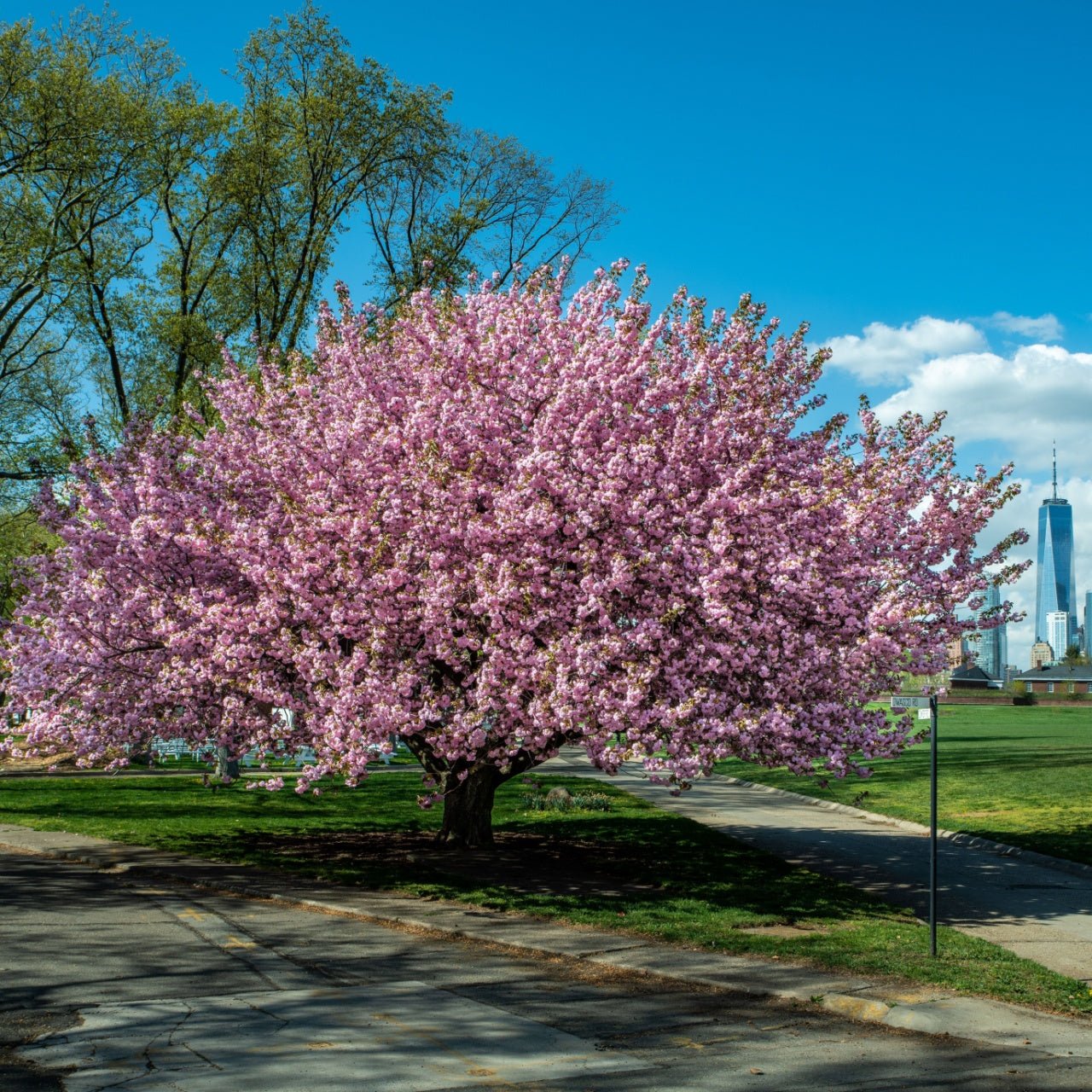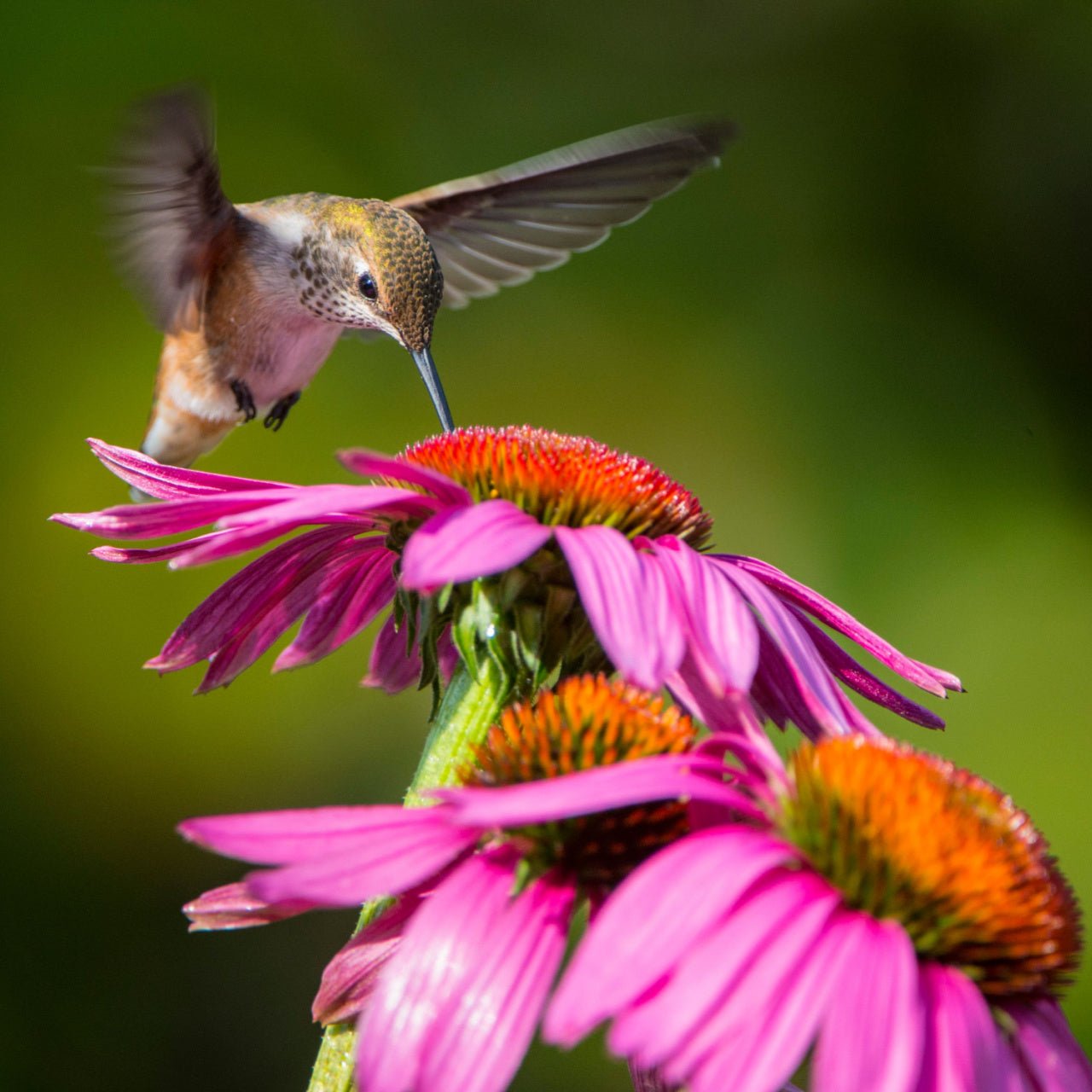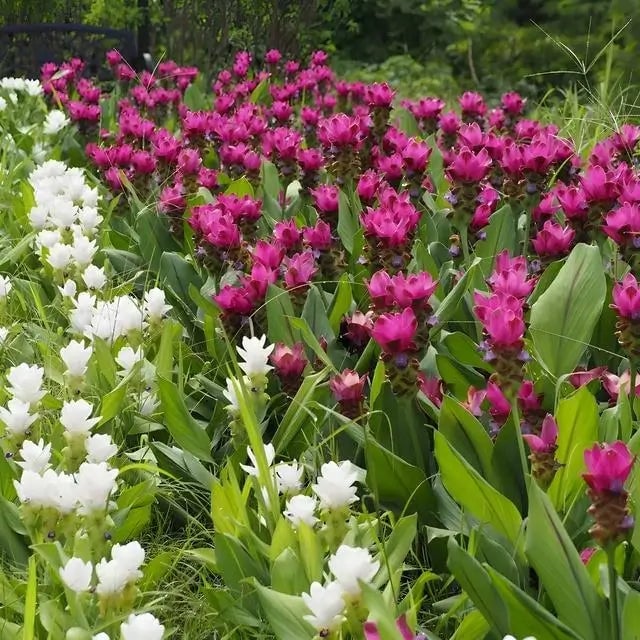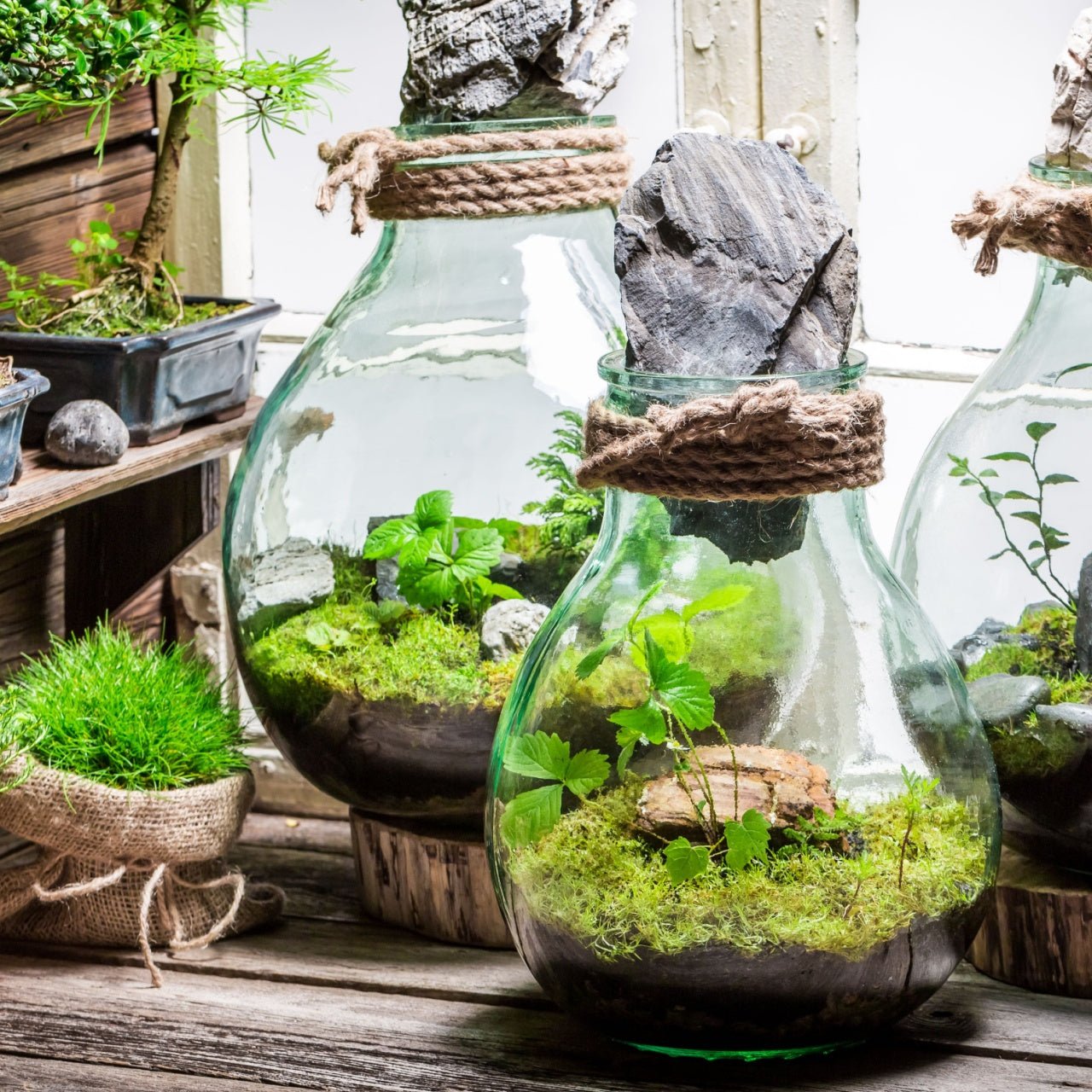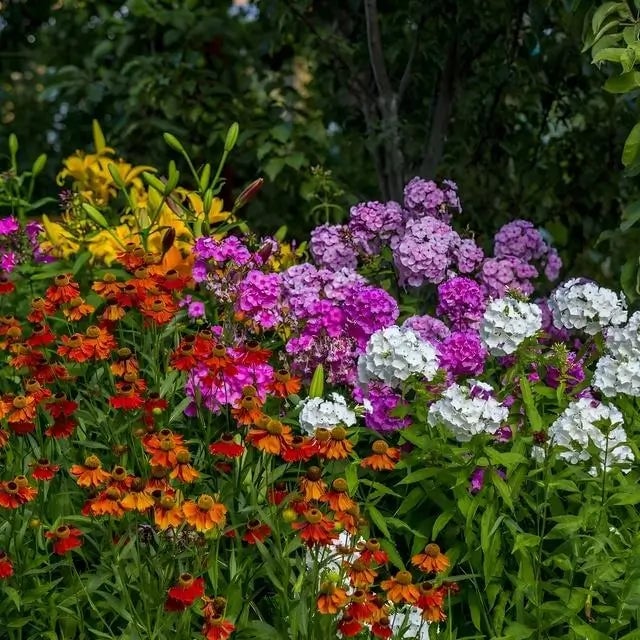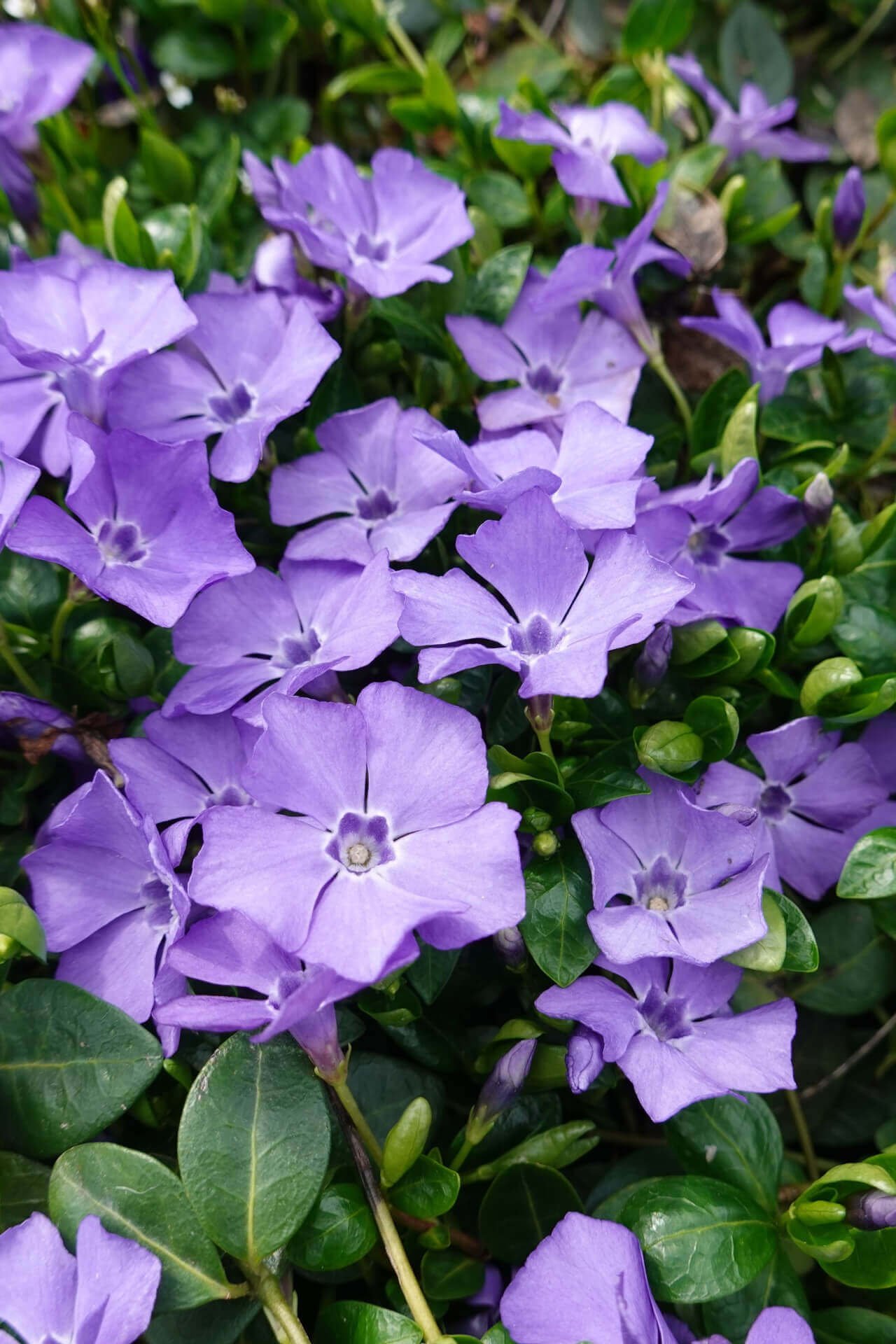
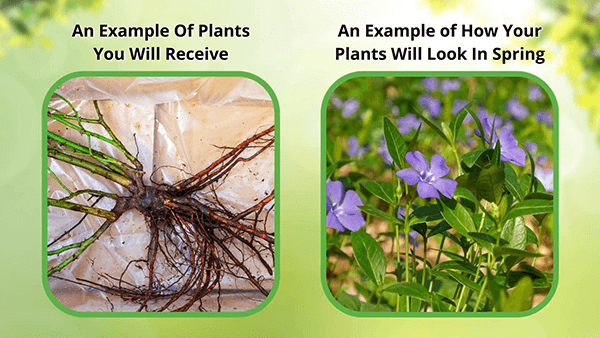
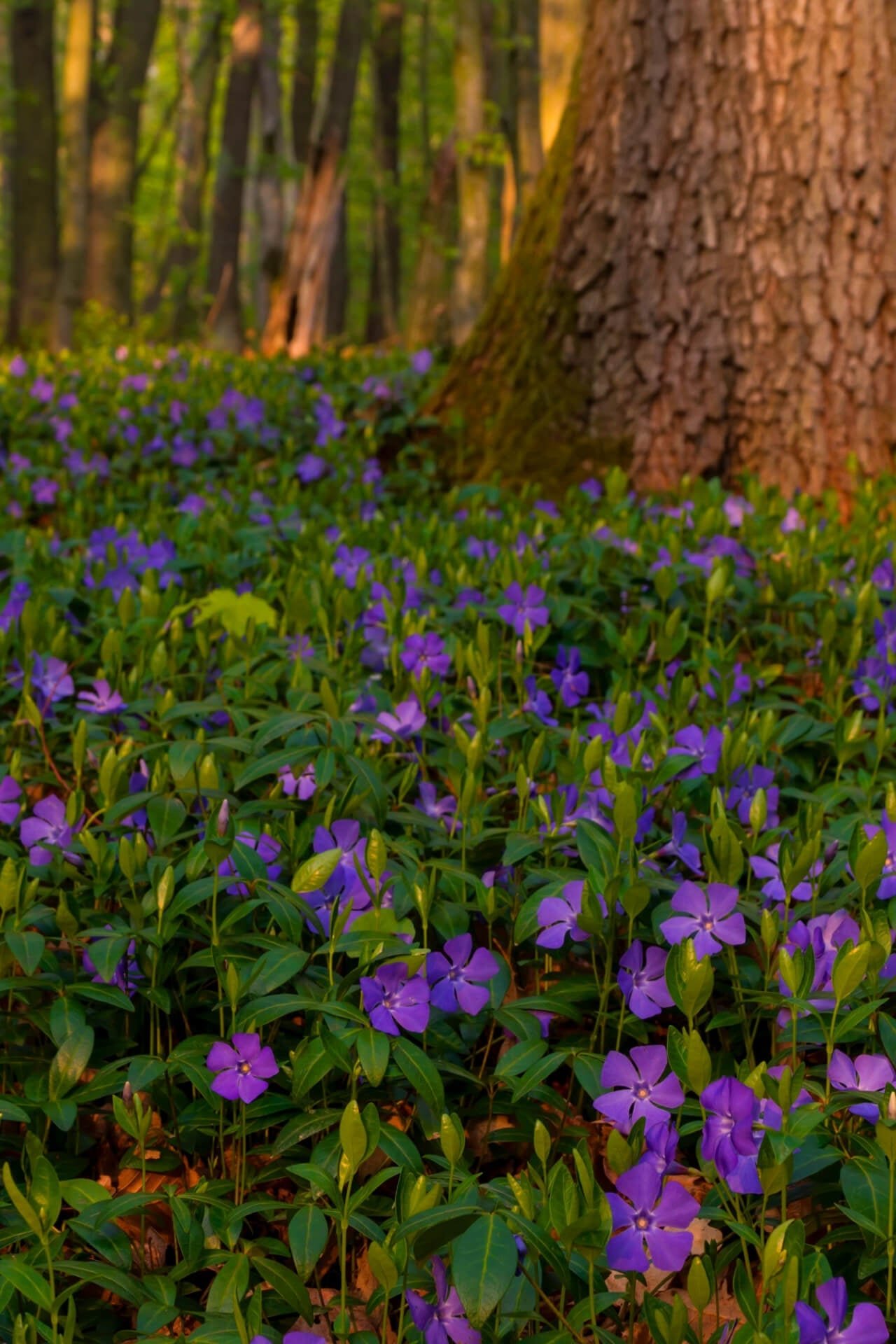

Periwinkle Plant
Thrives in Zones 4 - 9
Drought-tolerant and resilient
Low-maintenance ground cover option
Suppresses weed growth effectively
Ships in
7-10 DaysPeriwinkle Plant - Vinca
You will usually find the Periwinkle Plant spread out under a grove of trees, or crawling across the ground in a garden. It is a flowering, evergreen, ornamental plant which is widely used as a ground cover in parks, lawns, or even cemeteries–anywhere where there is bare soil to be covered. Its small purple flowers are delicately beautiful, and covering a hillside they can take your breath away.
Plant Details - Periwinkle Plant
Family: Apocynaceae
Light Requirement: Prefers partial shade, tolerates full sun
Water Needs: Moderate, though can be drought resistant once established
Height: 6-24 in
Spread: Over 2 feet
Growth Rate: Rapid
Bloom Time: Spring, sometimes also autumn
Flower Color: Purple, blue-violet, white
Wildlife Value: Prevents erosion, weed suppression
Notable Characteristics - Periwinkle Plant
The Periwinkle Plant is a ground cover, meaning it grows out rather than up. It only reaches 6-24 inches in height, but forms dense mats of vegetation that can spread rapidly across large areas. Its delicate, star-shaped blossoms are most commonly found in a purple or violet hue that seems to give off a glow in the evening twilight. Its oblong leaves are a deep green with a glossy finish and are a striking complement to the luminous flowers.
Landscape and Maintenance
The Periwinkle Plant is native to Europe, Northwest Africa, and Southwest Asia, but was introduced in North America as an ornamental plant in the 18th century. The species was adored for its rapid growth rate and stunning color, and remains a beautiful addition to any lawn or garden looking to cover a sparse area in a floral carpet. In North America, it is an invasive plant, and due to its rapid growth rate, commonly outcompetes native vegetation. As a ground cover, this perennial helps with weed suppression, a crucial fact for gardeners. It can also help prevent soil erosion, a severe environmental phenomenon which can cause water pollution and impact crop yields. This violet plant is a whirlwind of growth and beauty which gives our soil much needed protection, so long as it doesn’t smother its native neighbors!
This Is How Your Plants Will Look upon Delivery
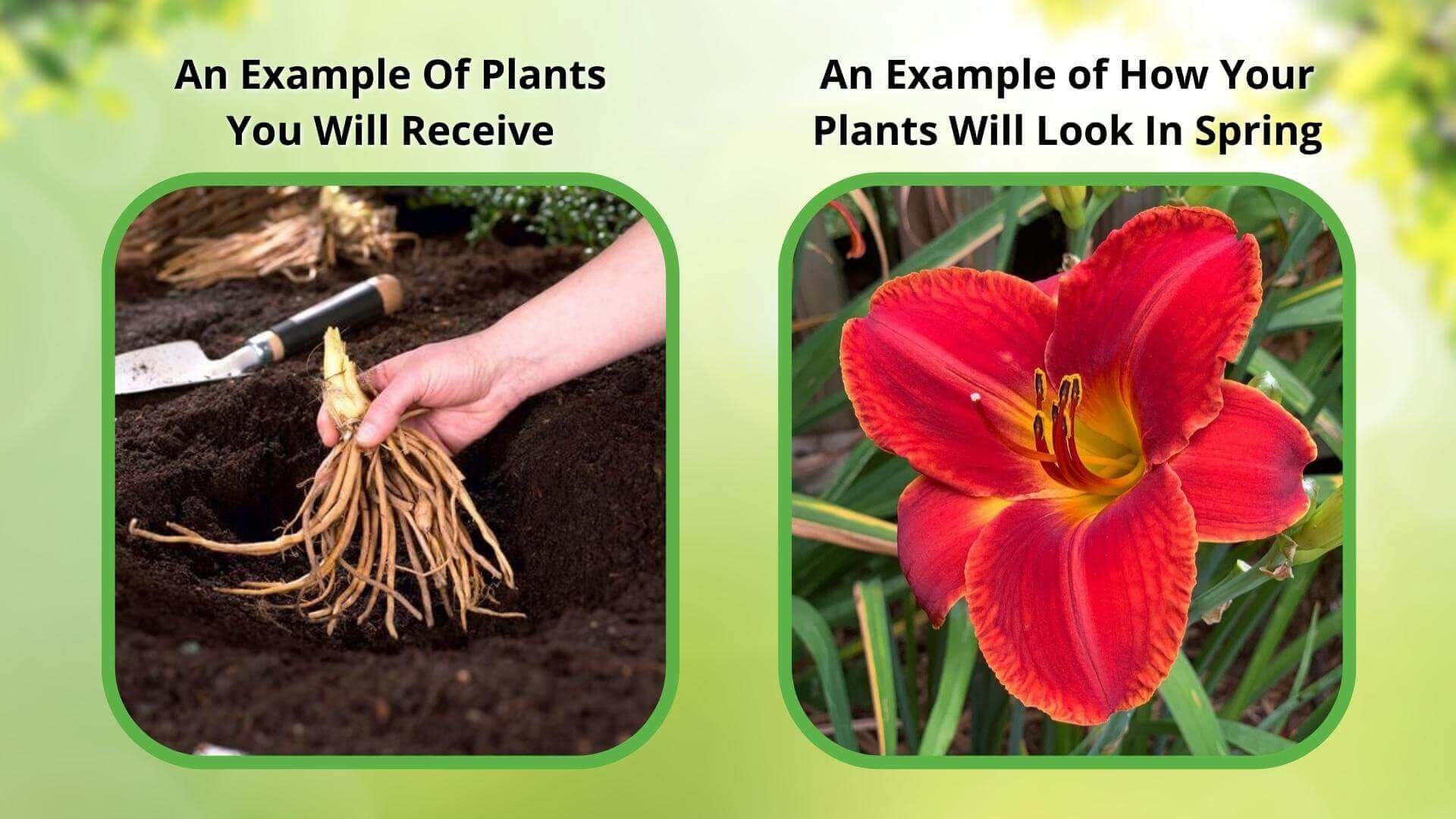
Bloom Season
Fall
Bloom/Foliage Color
Blue
Height at Maturity
Under 12"
Care
Periwinkle thrives in well-drained soil and requires moderate watering. Make sure the soil remains moist but not soggy. Pull weeds regularly to reduce competition for nutrients. Prune occasionally to maintain shape and encourage new growth.
Plant Reproduction
Periwinkle Plant spreads by sending out underground stems called rhizomes
How to Grow and Care for Bare Root Perennials, Tubers, and Bulbs
Bare root perennials, tubers, and bulbs are an easy and economical way to jumpstart your garden with lasting beauty. These dormant plants should be planted in early spring or fall while the soil is cool and workable. Before planting, soak bare roots in water for 1–2 hours to rehydrate them. Choose a location based on the plant’s light needs—most flowering types prefer full sun, while others thrive in partial shade.
For bare root perennials, dig a shallow hole and spread the roots out naturally, ensuring the crown is level with the soil surface. For tubers and bulbs, plant with the pointed side facing up at a depth about two to three times their height. Cover with soil, gently press down, and water thoroughly.
Keep soil consistently moist (not soggy) until new growth appears. Add mulch to retain moisture and suppress weeds, but avoid covering the crown or bulb tops. Once established, these plants require little maintenance—just seasonal watering, occasional dividing, and deadheading or pruning as needed. With proper care, they’ll return and thrive year after year.
Shipping date depends on the date displayed and chosen when you order from the product's page.
We do not accept returned plants. If you purchased an extended warranty we do accept claims, please navigate to the warranty page for instructions HERE





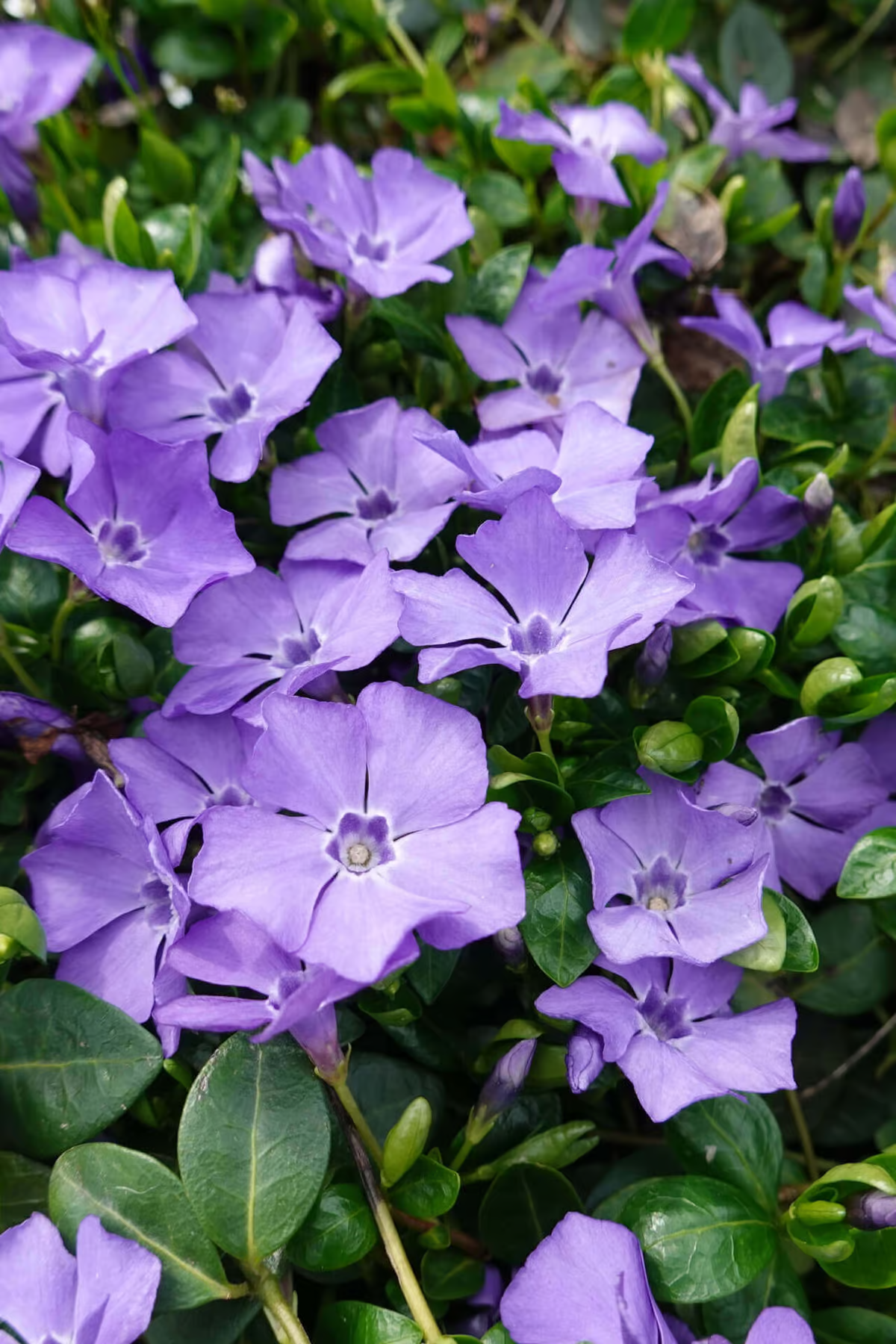
Excellent Ground Cover:
Periwinkle spreads quickly, making it an ideal choice for covering bare spots and creating a lush, green carpet.
Long Blooming Season:
Enjoy continuous blooms throughout the growing season.
Vibrant Blooms:
Periwinkle adds vibrant blue and purple flowers to your garden.
Low Maintenance:
These plants are incredibly easy to care for, requiring minimal watering and upkeep, making them perfect for busy gardeners.
Header
Use this content to share information about your store and products.
Frequently asked questions
Still have a question? Contact us here.
Yes, we ship all over the world. Shipping costs will apply, and will be added at checkout. We run discounts and promotions all year, so stay tuned for exclusive deals.
It depends on where you are. Orders processed here will take 5-7 business days to arrive. Overseas deliveries can take anywhere from 7-16 days. Delivery details will be provided in your confirmation email.
You can contact us through our contact page! We will be happy to assist you.








